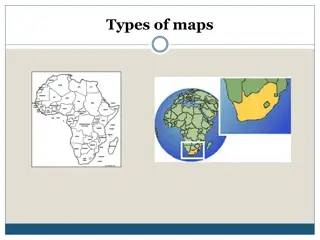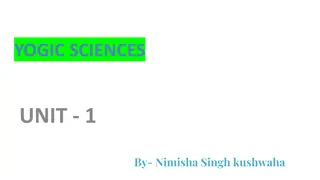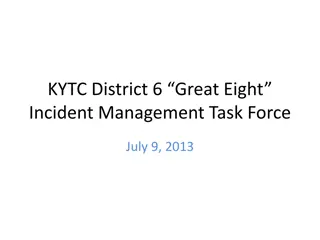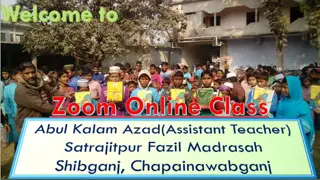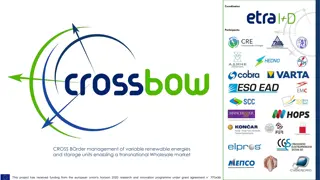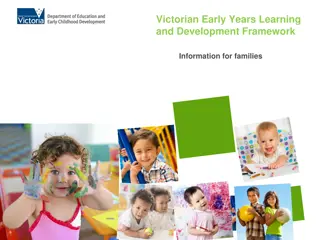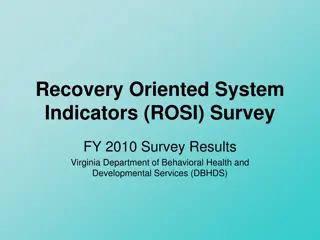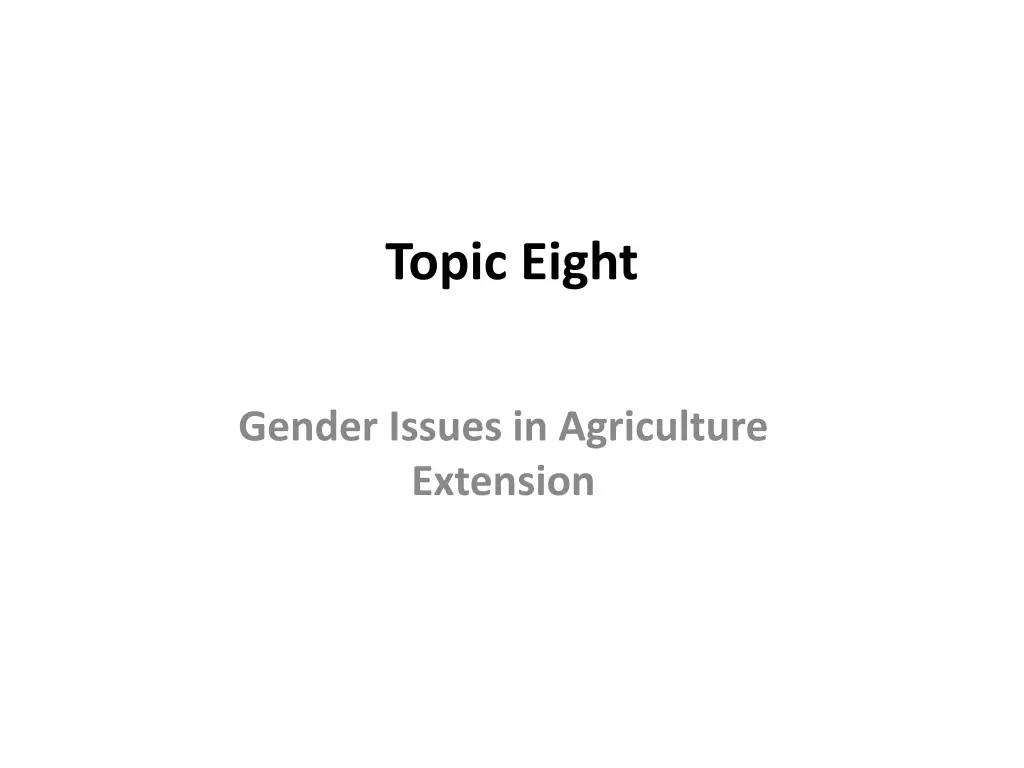
Transforming Gender Roles in Agricultural Extension
Explore the evolution of gender dynamics in agricultural extension, highlighting the shift towards recognizing and empowering women's contributions. Discover how gender mainstreaming strategies are reshaping policies to ensure gender equality in agriculture and extension services.
Download Presentation

Please find below an Image/Link to download the presentation.
The content on the website is provided AS IS for your information and personal use only. It may not be sold, licensed, or shared on other websites without obtaining consent from the author. If you encounter any issues during the download, it is possible that the publisher has removed the file from their server.
You are allowed to download the files provided on this website for personal or commercial use, subject to the condition that they are used lawfully. All files are the property of their respective owners.
The content on the website is provided AS IS for your information and personal use only. It may not be sold, licensed, or shared on other websites without obtaining consent from the author.
E N D
Presentation Transcript
Topic Eight Gender Issues in Agriculture Extension
Gender in Agricultural Extension Classically in extension, household is conceptualized as programmes units. It is considered as individuals working in similar ways to for common goal under the leadership of a male head. However actuality, the household is a more complex and dynamic social entity. The key role played by women in agriculture was in the past mostly was not acknowledged in government data and decision-making.
This situation has changed over the last two or three decades, and much has been achieved in giving recognition to the importance of women in the agricultural sector. Gender mainstreaming is the current global approach in advancing gender equality and equity. At the level of national government are trying , to involve incorporate a gender perspective into policies, plans, programmes and projects to ensure that these impact on women and men in an equitable way
Improving Women's Access to Extension Agricultural extension strategies traditionally have focused on increasing production of cash crops by providing men with training, information, and access to inputs and services. This male bias is illustrated in farmer training centres, which have been established to provide residential training on technical subjects. Most do not provide separate washing and sleeping accommodations for men and women and do not provide facilities for the care of babies or young children, factors which may prevent women from attending the centres.
Gender in Research and Extension in Ethiopia The conventional extension approach to female farmers was related to the reproductive and domestic roles that underestimated the productive role. The gender aspect was not recognized as a significant factor in designing the rural development strategy.
All the focus of extension services targeted on women farmers were associated with their traditionally accepted domestic roles (more on household management, nutrition, cooking, and family planning). This home economics extension program was important branch of the ministry to reach women farmers, and could have been more effective if it had been addressing the productive role of women as well.

![❤[PDF]⚡ Gemini 5: Eight Days in Space or Bust (Springer Praxis Books)](/thumb/21621/pdf-gemini-5-eight-days-in-space-or-bust-springer-praxis-books.jpg)


